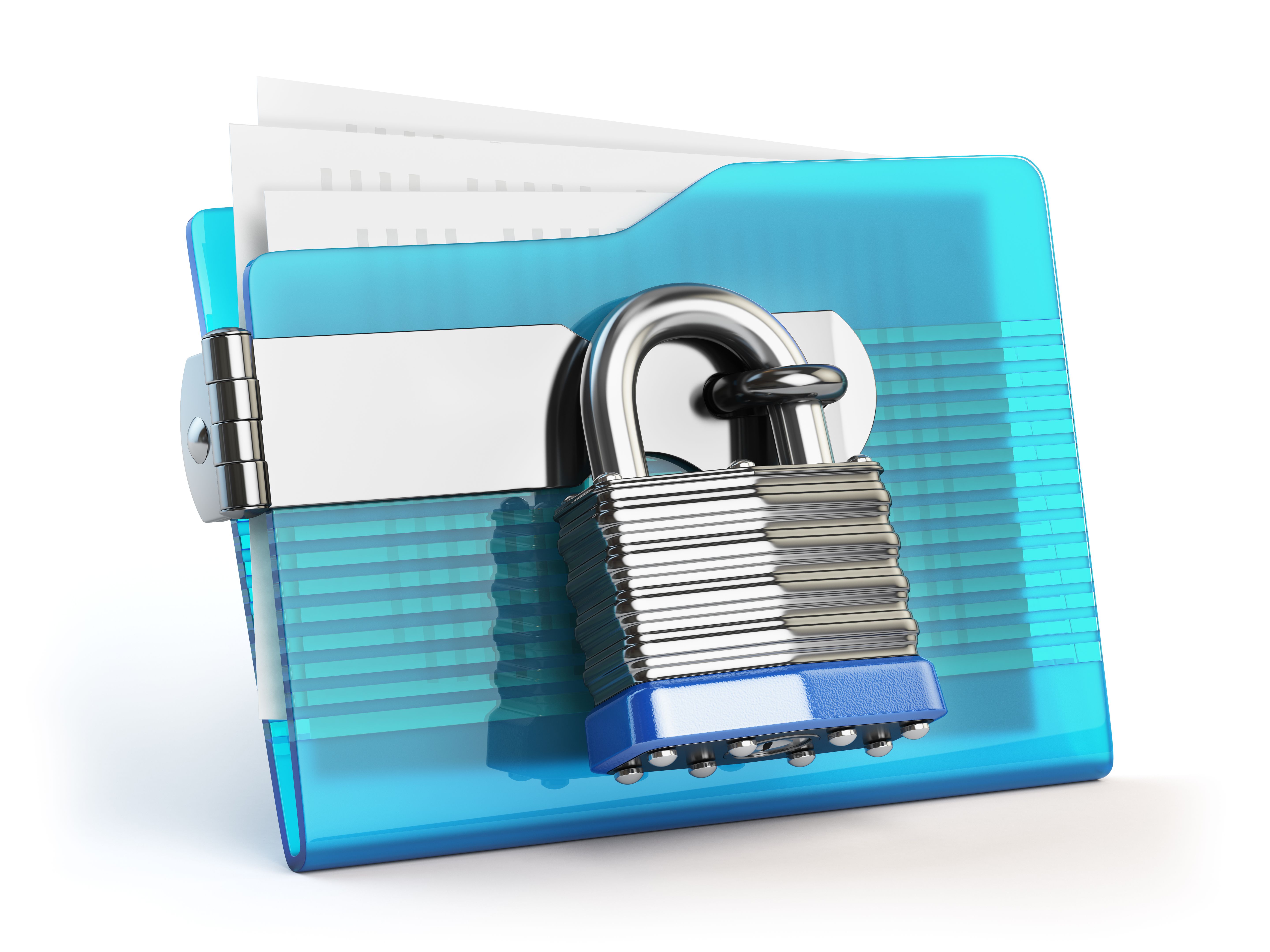Securely Sending Legal Documents: A Guide from Stepps
Understanding the Importance of Secure Document Transfer
In the legal industry, ensuring the confidentiality and integrity of documents is crucial. With the increasing reliance on digital communication, securely sending legal documents has become more important than ever. Legal professionals need to be aware of the risks associated with data breaches and unauthorized access, and take proactive measures to protect sensitive information.
Whether you're an attorney, paralegal, or part of a legal team, understanding how to securely send documents can prevent potential data leaks and maintain client trust. This guide from Stepps will provide you with essential strategies for safeguarding your legal documents.

Choosing the Right Platform for Secure Transfers
The first step in securely sending legal documents is selecting the appropriate platform. Not all email services or file-sharing platforms offer the level of security required for legal communications. It's crucial to choose a platform that offers end-to-end encryption, ensuring that only the intended recipient can access the document.
Popular secure document transfer platforms include encrypted email services and dedicated legal software solutions. These options often come with features designed specifically for the legal industry, such as audit trails and access controls. Ensure that any platform you choose complies with relevant regulations like GDPR or HIPAA.
Implementing Strong Password Protection
Another critical aspect of secure document transfer is password protection. Always use strong, unique passwords for accessing and sharing documents. A combination of uppercase and lowercase letters, numbers, and special characters can significantly enhance security.
Consider using a password manager to keep track of complex passwords without the need to memorize them. Additionally, implement two-factor authentication (2FA) where possible to add an extra layer of security when accessing sensitive information.

Utilizing Encryption for Document Security
Encryption is a powerful tool in ensuring the security of your legal documents. By encrypting files before sending them, you ensure that even if they are intercepted, they cannot be accessed without the appropriate decryption key. Many modern file-sharing services offer built-in encryption options.
It's also important to educate your team about the importance of encryption and ensure they are familiar with the tools available. Regular training sessions can help in maintaining a high level of awareness regarding document security practices.
Maintaining a Secure Document Management System
A secure document management system (DMS) is essential for organizing, storing, and sharing legal documents efficiently. Look for a DMS that offers robust security features such as user permissions, activity logs, and automatic backups. These features not only enhance security but also improve workflow efficiency.
Regularly review your DMS settings to ensure they align with your firm's security policies. Conduct periodic audits to identify any potential vulnerabilities or areas for improvement in your document management strategy.

Implementing Best Practices for Team Members
Your team's awareness and adherence to security protocols play a significant role in protecting legal documents. Establish clear guidelines and best practices for document handling, including secure methods for sharing and storing files. Encourage open communication about security concerns and potential threats.
Regularly updating your team on emerging threats and security trends can help maintain a culture of security within your organization. By fostering an environment where security is prioritized, you can ensure the safety of your clients' confidential information.
Conclusion: Protecting Client Confidentiality
Securely sending legal documents is not just about choosing the right technology; it's about adopting a comprehensive approach that involves technology, processes, and people. By following these guidelines from Stepps, you can enhance your firm's document security and protect client confidentiality effectively.
Remember that maintaining document security is an ongoing effort. Stay informed about the latest security advancements and continuously refine your practices to ensure your legal documents remain protected against evolving threats.